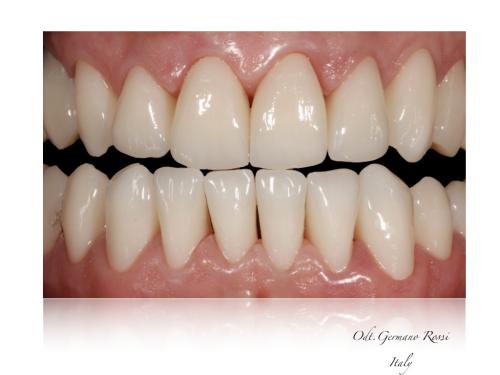In this field, advanced ceramics are generally used for a combination of properties typically combining chemical stability, biocompatibility, mechanical properties and sometimes aesthetic qualities. They therefore provide solutions for the replacement of a missing or damaged part of the human body.
The medical industry often uses the term "bioceramics" to define this group of materials that have been used for around fifty years in reconstructive surgery.
According to their reactivity with the human body, there are three types of bioceramics:
- Inert ceramics (not soluble in the physiological environment, for example: Al2O3, ZrO2, ZTA, glass ceramics)
- Surface-active ceramics (surface reactive with tissues, for example hydroxyapatite or bioglasses)
- Resorbable ceramics (degradable in a matter of weeks, for example tricalcium phosphate or calcium sulphate).
Applications / Constraints
- Bone replacement materials, mainly calcium phosphate-based (hydroxyapatite, tricalcium phosphate, etc.)
- Artificial joints that may be either hip or knee implants, ear implants or hearing aids. In this case, alumina or stabilised zirconia are generally used (3YTZP), or even alumina zirconia composites. The material is thus essentially used for its good tribological properties. Zirconia is also used for its mechanical properties and resistance to crack propagation. Silicon carbides and nitrides are currently under research.
- Dental prosthetics and implants: this sector is a major consumer of ceramic materials (glass, glass-ceramics, zirconia) intended for the replacement of all or part of natural teeth. Natural roots can therefore be replaced with zirconia implants, while dental prostheses themselves are made either from multi-materials (ceramic covering a metal) or entirely from ceramics thanks to the use of glass-ceramics (lithium disilicate, leucite-based glass-ceramics), or increasingly zirconia coated in thin layers of glass.
For more information
Raw material
Finished product

